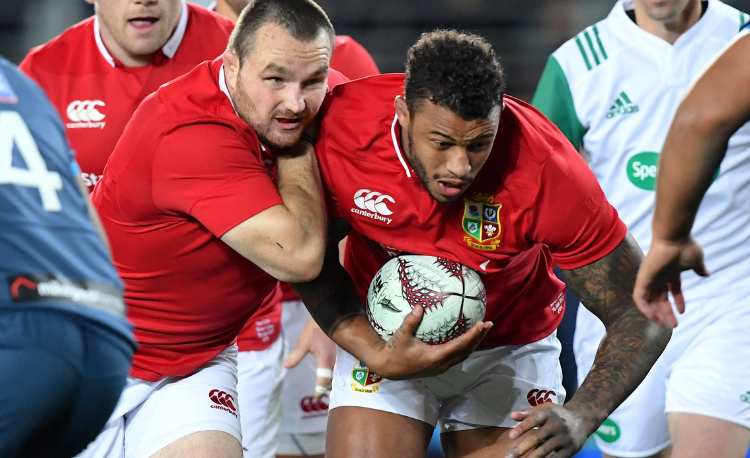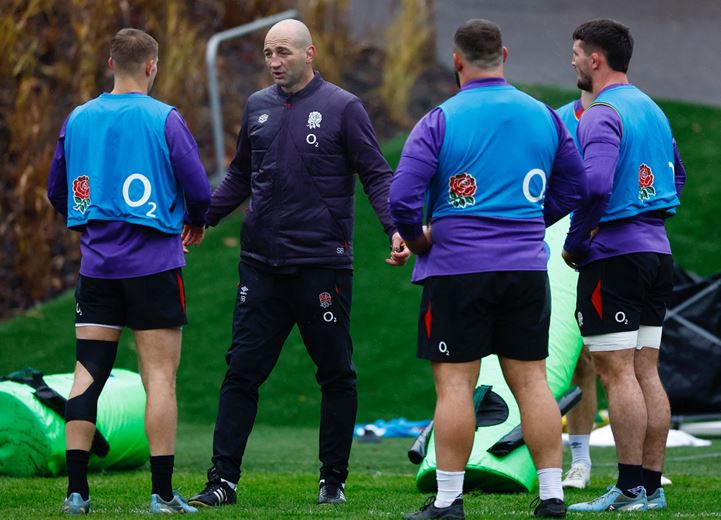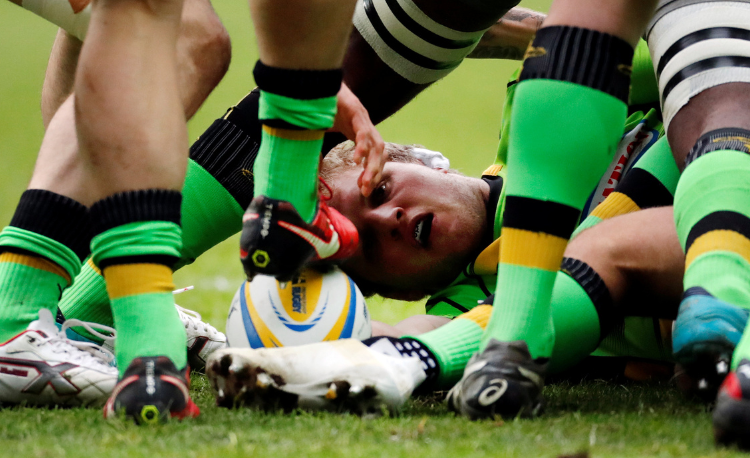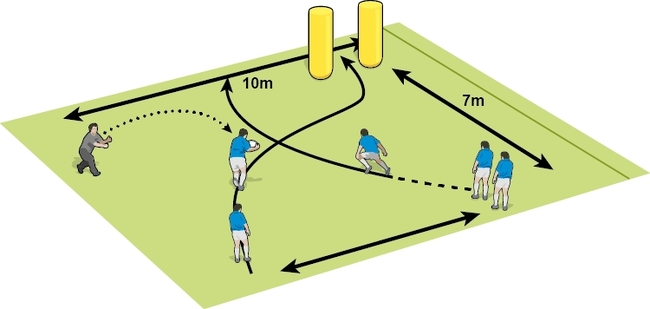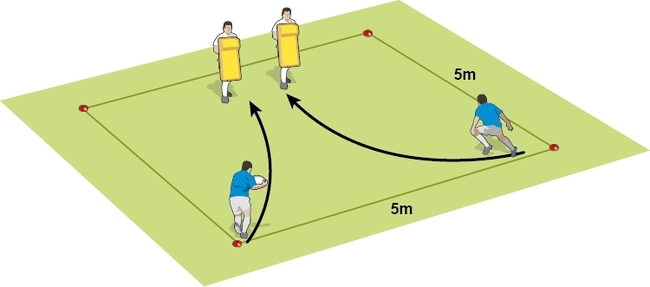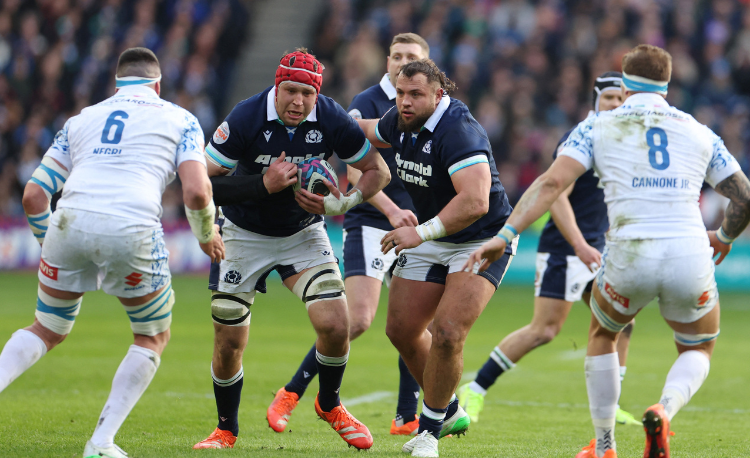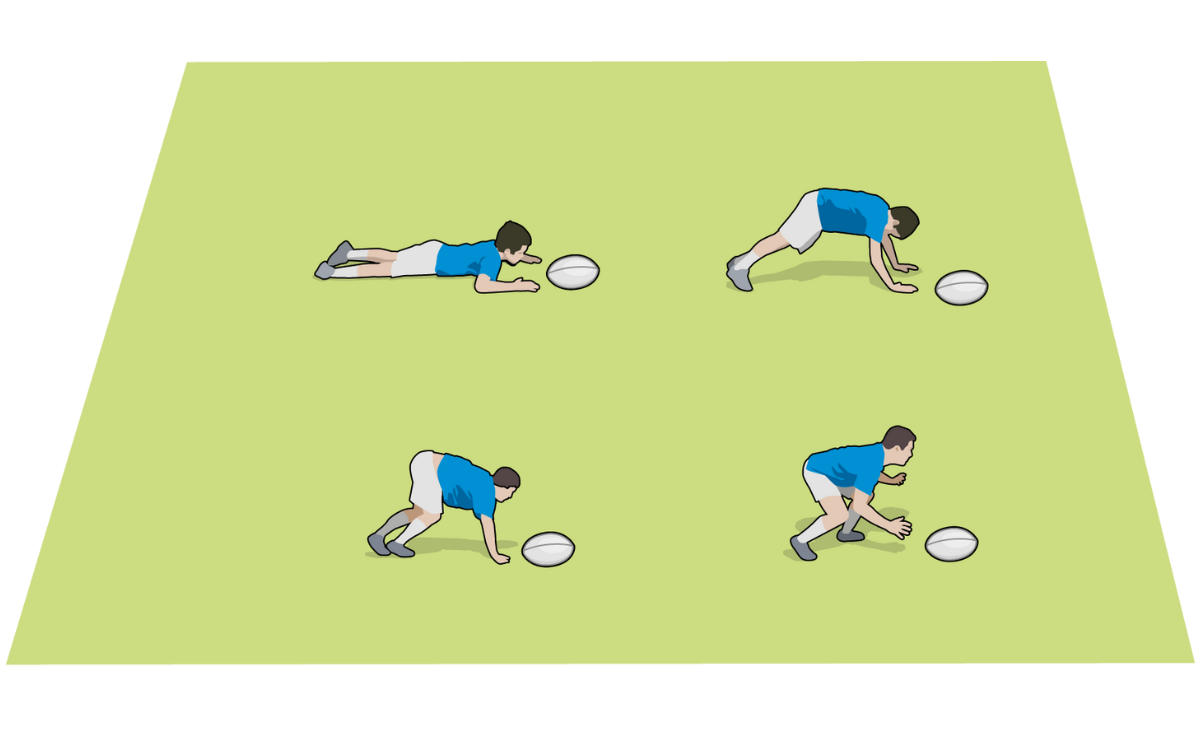The three primary principles of passing
Hartpury Bucs Women’s 2s head coach JAYNE ISHERWOOD explains the core passing skills that should be in every session. Focus on one principle per week.
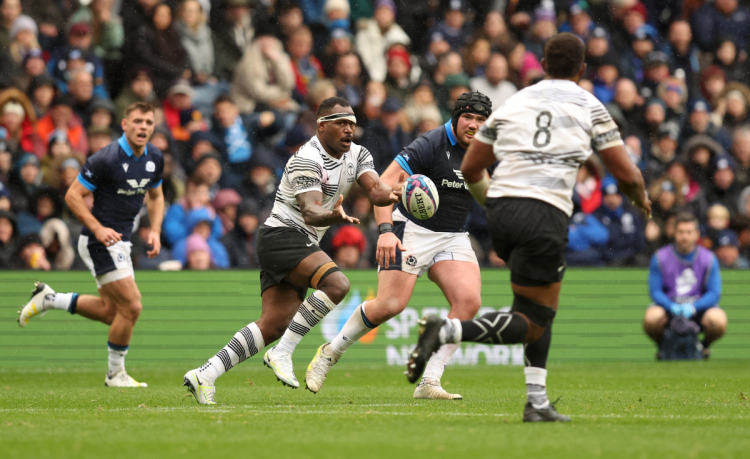
Handling should be in your practice plan for every session.
It doesn’t need to be 30 minutes focused on the fundamentals of passing; it can just be a simple drill to warm up the hands, a five-minute activity at the beginning or end of your session, or both.
Here are the three key principles of passing:
Follow through
What it looks like: Players not taught proper technique from the beginning will compensate in their passing. In other words, they make other compromises to find the right outcome. If you take a moment to notice where your athletes’ hands are at the end of their passing you will see they follow through in all sorts of different directions.
Where players can go wrong: If a player is not effectively using their follow-through, their passes will lack length and accuracy.
Best things to say and do to encourage better execution of this principle:
- "Finish with hands to target"
- "Throw your hands towards your target"
- Make your athletes hold their follow-through for three seconds. This may feel uncomfortable for them but will get your point across
Hand placement
What it looks like: Where you put your hands on the ball and how you catch it will affect a player’s delivery. Do drills that are over short distances initially, so that players are not putting extra effort into pushing the length of their pass and they can just focus on the catch-pass process.
Where players can go wrong: Keeping the ball away from the athlete’s chest is key to a solid pass. As a coach, you want to encourage players to reach for the pass, catch away from their body, get their placement right, transfer the ball across their body and follow through to the target.
Best things to say and do to encourage better execution of this principle:
- "Reach for the ball"
- "Catch the ball away from your body"
- "Attack the catch"
Footwork
What it looks like: You may notice a lot of passes going to players’ shins instead of hands. Instead of focusing on the passer, check the run of the support player. Are they drifting away from the pass?
Where players can go wrong: When the focus is so much on what your athletes’ bodies are supposed to be doing, they can end up overthinking their movements. It is important to let your athletes get used to this concept slowly so they can be successful when you start to pick up the pace.
Best things to say and do to encourage better execution:
- "Straighten up your running"
- "Don’t drift off the pass"
- "Attack the catch"
- "You have to catch before you can do anything else"
Encourage players to use their inside foot to straighten up when they catch and, combining with the elements above, reach for the pass and use their other foot to open up to add power to their pass.
I find a lot of repetition work beneficial. It can start at a walk and then increase to a jog, then run, then add some defensive pressure.
Practising in training – the primary principles of passing
Thank you for reading
to enjoy 3 free articles,
our weekly newsletter, and a free coaching e-book
Or if you are already a subscriber, login for full access
Newsletter Sign Up
Coaches Testimonials

Gerald Kearney, Downtown Las Vegas Soccer Club

Paul Butler, Florida, USA

Rick Shields, Springboro, USA

Tony Green, Pierrefonds Titans, Quebec, Canada
Subscribe Today
Be a more effective, more successful rugby coach
In a recent survey 89% of subscribers said Rugby Coach Weekly makes them more confident, 91% said Rugby Coach Weekly makes them a more effective coach and 93% said Rugby Coach Weekly makes them more inspired.
Get Weekly Inspiration
All the latest techniques and approaches
Rugby Coach Weekly offers proven and easy to use rugby drills, coaching sessions, practice plans, small-sided games, warm-ups, training tips and advice.
We've been at the cutting edge of rugby coaching since we launched in 2005, creating resources for the grassroots youth coach, following best practice from around the world and insights from the professional game.




